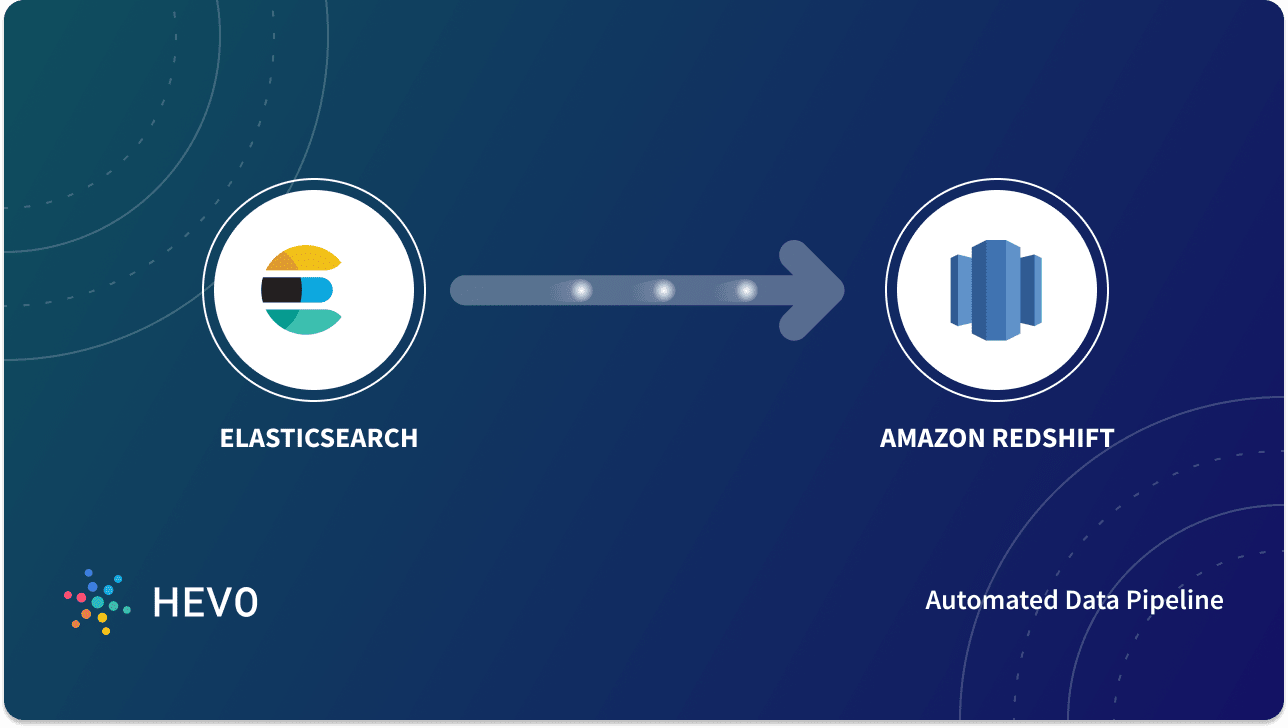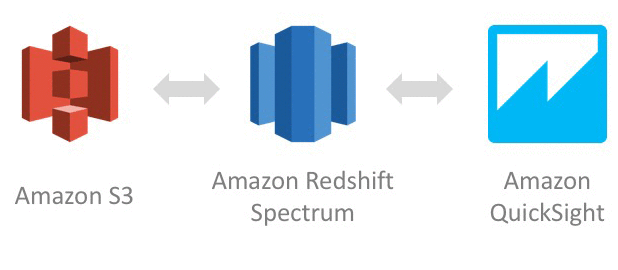

#Aws redshift pricing series
"Amazon Redshift uses a variety of innovations to achieve up to ten times better performance than traditional databases for data warehousing and analytics workloads, they include the following:Ĭolumnar Data Storage: Instead of storing data as a series of rows, Amazon Redshift organizes the data by column.

For information about Redshift Spectrum regional availability, please visit the Amazon Redshift pricing page." Redshift Spectrum gives you the freedom to store your data where you want, in the format you want, and have it available for processing when you need it. You can setup as many Amazon Redshift clusters as you need to query your Amazon S3 data lake, providing high availability and limitless concurrency. Redshift Spectrum lets you separate storage and compute, allowing you to scale each independently. In addition, you can use the exact same SQL for Amazon S3 data as you do for your Amazon Redshift queries and connect to the same Amazon Redshift endpoint using your same BI tools. Redshift Spectrum scales out to thousands of instances if needed, so queries run quickly regardless of data size. Amazon Redshift determines what data is local and what is in Amazon S3, generates a plan to minimize the amount of Amazon S3 data that needs to be read, requests Redshift Spectrum workers out of a shared resource pool to read and process data from Amazon S3. When you issue a query, it goes to the Amazon Redshift SQL endpoint, which generates and optimizes a query plan. "Redshift Spectrum is a feature of Amazon Redshift that enables you to run queries against exabytes of unstructured data in Amazon S3, with no loading or ETL required. You can even try Amazon Redshift for free.įor information about Amazon Redshift regional availability, see the AWS Region Table." Amazon Redshift is compliant with SOC1, SOC2, SOC3, and PCI DSS Level 1 requirements.Īs with all Amazon Web Services, there are no up-front investments required, and you pay only for the resources you use. You can access these logs using SQL queries against system tables, or choose to save the logs to a secure location in Amazon S3. Redshift logs all SQL operations, including connection attempts, queries, and changes to your data warehouse. All Amazon Redshift security features are included with no additional costs.Īmazon Redshift integrates with AWS CloudTrail to enable you to audit all Redshift API calls. In addition, Amazon Redshift supports industry-leading security with AWS IAM integration, identity federation, column-level access control, Amazon Virtual Private Cloud (Amazon VPC), SSL, AES-256 encryption, and built-in AWS KMS integration to protect your data in transit and at rest. Amazon Redshift uses replication and continuous backups to enhance availability and improve data durability and can automatically recover from component and node failures. Amazon Redshift automatically patches and backs up your data warehouse, storing the backups for a user-defined retention period. You can easily scale an Amazon Redshift data warehouse up or down with a few clicks in the AWS Management Console or with a single API call. Queries are distributed and parallelized across multiple physical resources. Redshift Spectrum automatically scales query compute capacity based on the data retrieved, so queries against Amazon S3 run fast, regardless of data set size.Īmazon Redshift gives you fast querying capabilities over structured data using familiar SQL-based clients and business intelligence (BI) tools using standard ODBC and JDBC connections. No loading or transformation is required, and you can use open data formats, including Avro, CSV, Grok, Amazon Ion, JSON, ORC, Parquet, RCFile, RegexSerDe, Sequence, Text, and TSV. Amazon Redshift also includes Amazon Redshift Spectrum, allowing you to run SQL queries directly against exabytes of unstructured data in Amazon S3 data lakes. With Redshift, you can start small for just $0.25 per hour with no commitments and scale out to petabytes of data for $1,000 per terabyte per year, less than a tenth the cost of traditional on-premises solutions.

It allows you to run complex analytic queries against terabytes to petabytes of structured data, using sophisticated query optimization, columnar storage on high-performance storage, and massively parallel query execution.

"Amazon Redshift is a fast, fully managed cloud data warehouse that makes it simple and cost-effective to analyze all your data using standard SQL and your existing Business Intelligence (BI) tools.


 0 kommentar(er)
0 kommentar(er)
